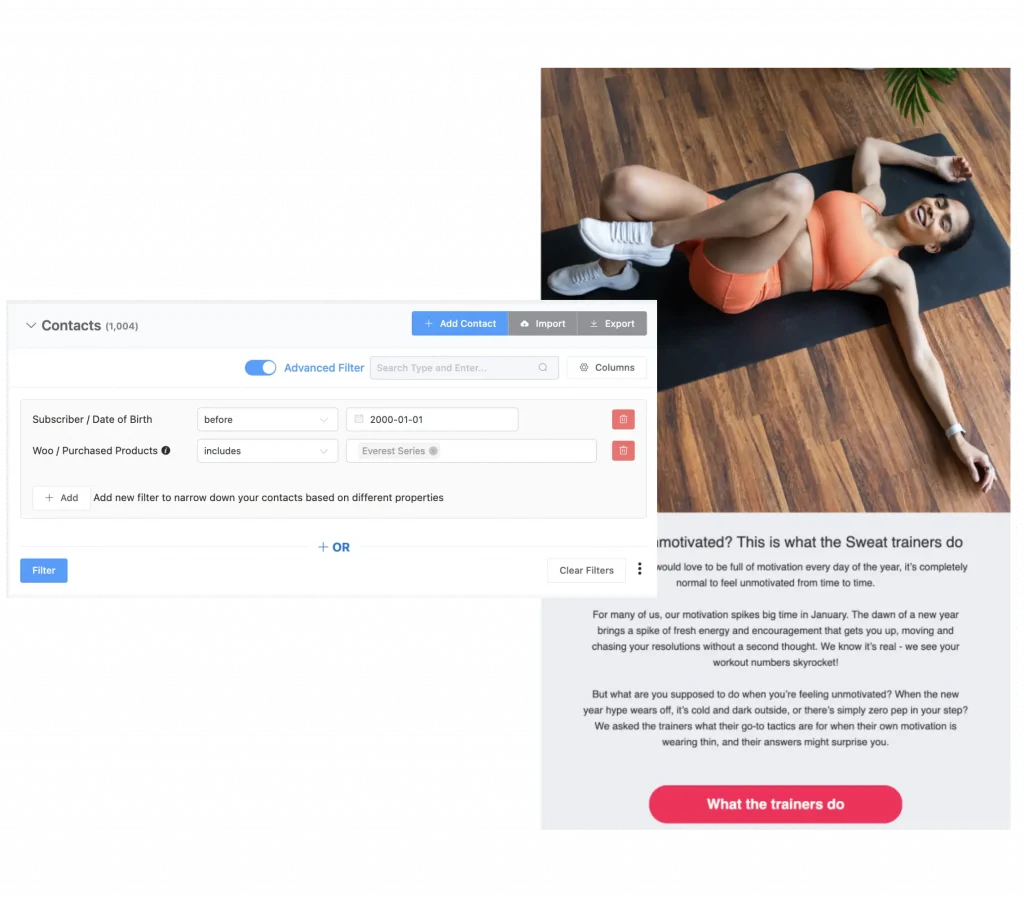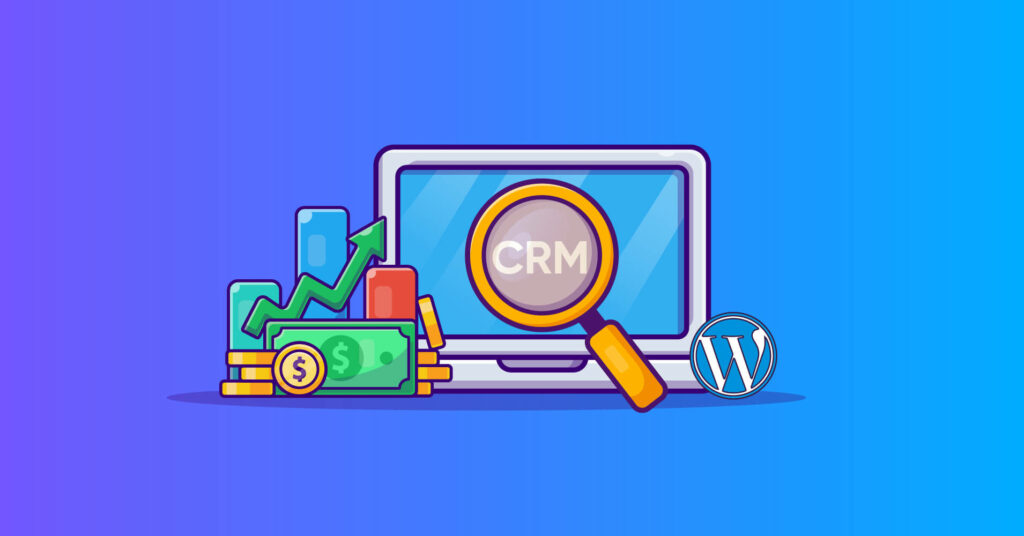
Head to Head: Demographic Segmentation vs. Behavioral Segmentation vs. Psychographic Segmentation
In the competitive world of marketing, understanding your audience is the key to unlocking success. And segmentation is a powerful tool that allows you to comprehend and categorize your customers effectively!
But, let’s face it —choosing a proper segmentation strategy can be daunting. With so many options available, how do you know which one to use and when?
Well, fear not, we’re here to help!
In this blog, we’ll break it down for you. And by the end of this read, you will fully understand the differences between demographic, behavioral, and psychographic segmentation in marketing.
Let’s briefly explain these three types of segmentation before digging deeper!
What is Demographic Segmentation?
Demographic segmentation divides a large market based on factors like age, gender, income, education, and more. By tailoring marketing strategies for each group, businesses can create personalized campaigns that resonate better with their target audience.
There are various demographic variables that you can use to segment your customers. The following five are the most commonly used demographic segmentation variables-
- Age
- Gender
- Income level
- Education level
- Marital status
By segmenting their customers into different groups based on these variables, businesses can connect with their audience on a more personal level, increasing the effectiveness of their marketing efforts and ultimately driving more sales.
For example, let’s consider a fitness company that could use demographic segmentation to target different age groups. For younger customers, they might focus on promoting high-energy workout routines and trendy fitness apparel.

For their older customers, they could emphasize gentle exercises and products related to joint health.
What is Behavioral Segmentation?
Behavioral segmentation is the process of dividing a target market based on customers’ behaviors, preferences, and buying patterns. It enables marketers to understand how customers interact with products and services, their loyalty, brand engagement, and other behavioral aspects.
The most popular factors for behavioral segmentation are:
- Usage rate
- Brand loyalty
- Purchase occasion
- Customer journeys
For example, let’s consider a software company offering various subscription plans. Through behavioral segmentation, they may identify different groups of customers based on usage patterns.
Some customers might be frequent users who utilize advanced features. At the same time, others might be occasional users with basic needs. With this information, the organization can deliver specific messaging and offers to each group.

2X Revenue in 1 Year: How FluentCRM Quietly Became the Biggest Agency Growth Machine
What is Psychographic Segmentation?
Psychographic segmentation is a highly effective marketing method that involves dividing a target market based on various psychological variables. These psychographic segmentation variables could be—
- Lifestyle
- Values
- Interests
- Personality traits
The main goal of psychographic segmentation is to create a deep and comprehensive understanding of the target audience. Marketers study their consumers’ psychological qualities and lifestyle circumstances to paint a detailed picture.
For example, let’s consider a health and wellness company. Through psychographic segmentation, they might identify a group of health-conscious individuals who are environmentally conscious and prefer organic products.
Now, the company can easily tailor their marketing messages to emphasize the eco-friendly and organic aspects of their products. This targeted approach is more likely to resonate with this specific group, increasing the chances of turning them into loyal customers.

Demographic Segmentation vs. Behavioral Segmentation vs. Psychographic Segmentation
At first glance, psychographic segmentation might seem like a blend of demographic and behavioral segmentation, but it’s far from it. Each of these segmentation approaches has its unique focus and functions differently from each other. Feeling a bit puzzled?
Let’s break it down with an enlightening example:
A Real-life Example of How a Brand Can Utilize Different Types of Segmentation Methods
Imagine a fashion brand eager to connect with a specific group of consumers. To achieve this, they can employ various segmentation strategies.
Demographic Segmentation
Firstly, demographic segmentation would set the stage, providing decision-makers with a clear starting point. They’ll gain initial insights into the target audience. For instance, the brand might focus on metropolitan women aged 25-34.

Behavioral Segmentation
Next, behavioral segmentation would take it a step further! They can now conduct market research to understand the shopping behavior of these young adults. They might discover that this group frequently shops online, following fashion influencers on social media platforms. With these behavioral data, the brand now can fine-tune its marketing strategies to reach these audiences through digital platforms and collaborate with influencers.

Psychographic Segmentation
Now comes the crucial aspect, psychographic segmentation!
Through psychographic segmentation, the brand would dive into the deeper values and beliefs of its target audience. They may uncover that these young adults actively seek out eco-friendly and ethically sourced products.
Armed with this psychographic insight, the brand may integrate eco-conscious practices into its business model. They may prioritize using sustainable materials and promote their efforts to reduce their environmental impact.

They can also create marketing campaigns that emphasize their commitment to sustainability, resonating with the values of their target audience.
Dive into different types of segmentation in marketing
Key differences between demographic, psychographic, and behavioral segmentation
Let’s take a deeper look into different types of segmentations and make it crystal clear. In this section, we’ll set aside all the technical jargon and examples.
In simple terms, the differences between demographic, behavioral, and psychographic segmentation in marketing can be summarized as follows:
Variables
- Demographic Segmentation focuses on quantifiable variables such as age, gender, income, education, and geography
- Behavioral Segmentation examines actual consumer behaviors such as purchasing habits, brand loyalty, and response to marketing triggers
- Psychographic Segmentation investigates psychological characteristics, lifestyle choices, values, interests, and behavioral patterns
Understanding
- Demographic Segmentation provides a fundamental understanding of the target audience
- Behavioral Segmentation offers insights into actual consumer behaviors
- Psychographic Segmentation reveals deeper consumer motives, attitudes, and values
Summary
- Demographic Segmentation tells you who the consumers are
- Behavioral Segmentation analyzes how they behave
- Psychographic Segmentation explores why consumers make certain choices
Which segmentation technique is ideal for your business?
We wish we could respond to this question in a single sentence! However, the truth is —there’s no “bible” for marketing. The ideal strategy depends on your business goals and target audience.
When it comes to different types of segmentation methods, there’s no one-size-fits-all solution.
- If you want to understand who your customers are based on age, gender, and income, go for demographic segmentation.
- For analyzing customer actions and behaviors, opt for behavioral segmentation.
- If you aim to connect with your audience on a deeper level by understanding their beliefs and values, psychographic segmentation is the way to go.
Besides, a combination of all these techniques can also be your most powerful weapon. So, stay flexible and adaptable as your business evolves. Employ an email marketing tool focus on personalization, and let segmentation guide you toward success!









Leave a Reply